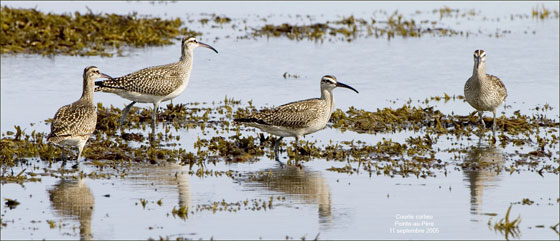

The strong association between climate and species distributions has led to the development of ecological niche (or climate envelope) models. These models develop correlative descriptions of current climate and distribution and then, given predicted future climate, project future species’ ranges. Climate envelope models are a central tool for scientists wishing to explore the effects of climate change on living organisms. They have been criticized because they assume species distributions are at equilibrium with current climate, interpret species-climate correlations as causal, and ignore parameters such as dispersal and biotic interactions. However climate envelope models should be seen as powerful initial tools providing a first estimate as to the dramatic impact of climate change on biodiversity. They must be used as such rather than as providers of definitive predictions. Imperfect predictions are exceedingly valuable when compared to no projection, as has now been largely demonstrated by climate change scientists.

Our priority is to use existing data to their full potential to fuel as quickly as possible the adaptation strategies needed by our partners. One of our limitations, shared by scientists all over the world, is that good data on species distribution are often scarce and taxonomically biased. Quebec is no exception and we will thus focus mainly on the four groups (trees, other vascular plants, amphibians and reptiles, and birds) for which very good quality data exist. Although these groups represent a fraction of regional biodiversity (we cannot use arthropods because of lack of data), their spatial distribution is representative of that from other groups, they have a diversified natural history, and they are the focus of many conservation efforts. The magnitude of range shifts expected for species of these groups should thus be highly informative regarding the expected spatial reorganization of regional biodiversity.
Last update: 2015-01-19